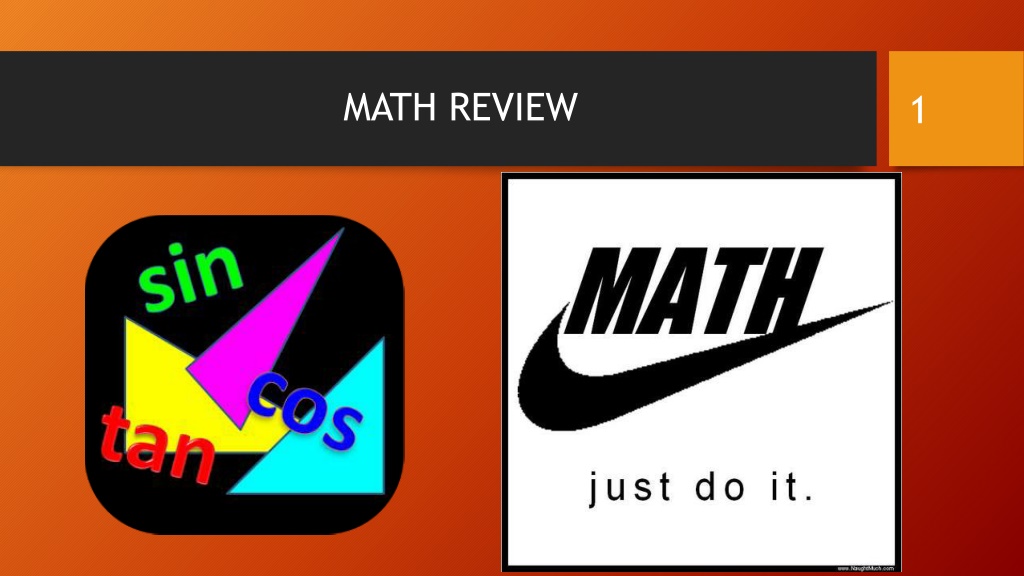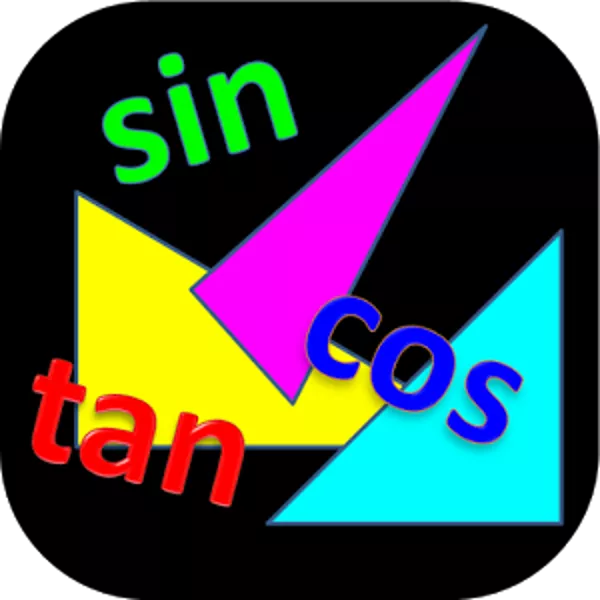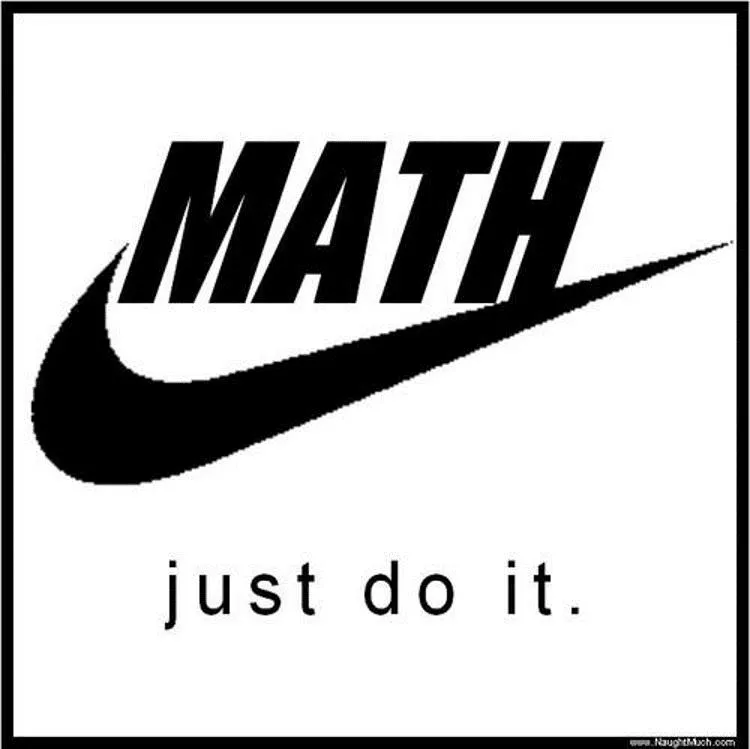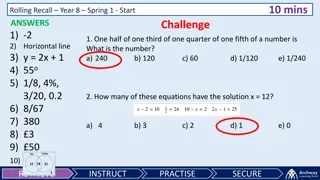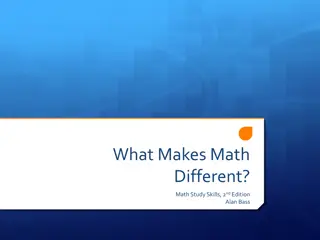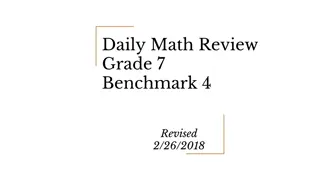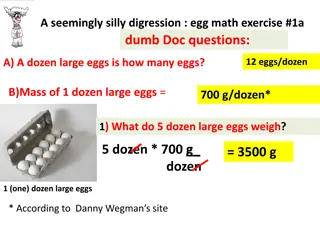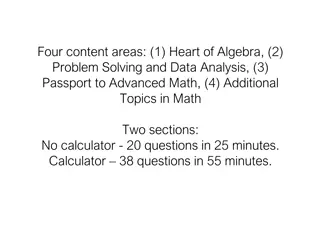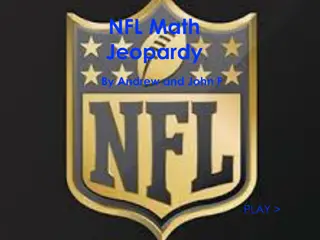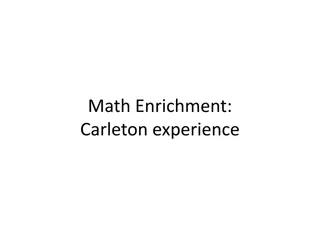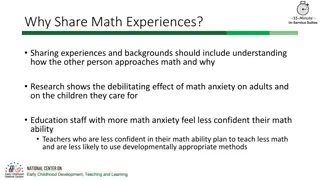MATH REVIEW
Learn about scalar and vector quantities, unit vectors, vector components, dot products, and cross products. Understand how to calculate magnitudes, directions, and perform vector operations in mathematics.
Download Presentation

Please find below an Image/Link to download the presentation.
The content on the website is provided AS IS for your information and personal use only. It may not be sold, licensed, or shared on other websites without obtaining consent from the author.If you encounter any issues during the download, it is possible that the publisher has removed the file from their server.
You are allowed to download the files provided on this website for personal or commercial use, subject to the condition that they are used lawfully. All files are the property of their respective owners.
The content on the website is provided AS IS for your information and personal use only. It may not be sold, licensed, or shared on other websites without obtaining consent from the author.
E N D
Presentation Transcript
VECTOR NOTATION 2 A scalar is a quantity that has magnitude only A vector is a quantity that has magnitude and direction Example: You drive from Oklahoma City to Wichita You drove 261 km (scalar) You drove 261 km North (vector)
VECTOR NOTATION 3 A unit vector is a vector having a magnitude of one (determines direction only) Vectors can be resolved into components ? = ?? ? + ?? ? + ?? ?
VECTOR OPERATIONS 4 The magnitude of a vector is the scalar part of a vector Example: ? = 7 ? + 2 ? 1 ? If ? = ?? ? + ?? ? + ?? ? 72+ 22+ 12 49 + 4 + 1 55 7.416 ? = 2+ ?? 2+ ?? 2 ? = ? = ?? = =
DOT PRODUCTS 5 1 ? ?2 ? ? = ? + ? ? ? ? This form of the eccentricity vector has a dot product A dot product of two vectors ? ??? ?multiplies the amount of ? that is in the direction of ? by the magnitude of ?. ? ? = ABcos
DOT PRODUCTS 6 Why did the two vectors start an internet-based company? The dot product can also be calculated by: ? ? = ???? + ????+ ???? Example: ? = 7 ? + 2 ? 1 ? ? = 0 ? + 6 ? + 20 ? Because they thought they had a good dot product! ? ? = (7)(0) + (2)(6) + (-1)(20) = -8
CROSS PRODUCTS (VECTOR PRODUCT) 7 The cross product of two vectors in three dimensions is a vector at right angles to both the original vectors. You can use the right-hand rule to find the direction of the third vector
CROSS PRODUCTS (VECTOR PRODUCT) 8 Mathematically, you solve the determinant: ? ? ? ?? ?? ?? ?? ?? ?? What do you get when you cross a mosquito with a mountain climber? so ? ? = (??)(??)] ? ?? ?? ?? (??)(??)] ? [ ?? ?? (??)(??)] ? Nothing! The mountain climber is a scalar. +[ ??
CROSS PRODUCTS (VECTOR PRODUCT) 9 An easier way to remember this is a method my 7th grade teacher taught ? ? ? ?? ?? ? ? Read down diagonally, then subtract reading back up ?? ?? ?? ?? ?? ?? ?? ?? - - - ? ? = ???? ? + ???? ? +???? ? ???? ? ???? ? ???? ?
CROSS PRODUCT EXAMPLE 10 Example: ? = 7 ? + 2 ? 1 ? ? = 0 ? + 6 ? + 20 ? ? ? = 46 ? 140 ? + 42 ? ? 7 0 ? 2 6 ? 1 20 ? 7 0 ? 2 6 VECTOR! - - - ? ? = (2)(20) ? +( 1)(0) ? + (7)(6) ? (0)(2) ? (6)( 1) ? (20)(7) ? ? ? = (40 6) ? + 0 140 ? + ( 42 0) ?
ANGLES AND QUADRANT CHECKS 11 A lot of what we do in Astro requires determining the angle between two vectors. ? ? = ABcos We mainly do this with dot products, which results in an inverse cosine. = cos 1? ? Thinking back to trigonometry, are there any potential issues with using inverse trig functions? AB
ANGLES AND QUADRANT CHECKS 12 YES, THERE ARE! Let s consider an example. = cos 1? ? I do all of my dot product math and I get a number on the inside of the inverse cosine of 0.5. AB = cos 10.5 = 60 (?) I plug that into my calculator and get an angle of 60 .
ANGLES AND QUADRANT CHECKS 13 So, my angle is 60 , right? Well, maybe. cos(60 ) = 0.5, but is there any other angle that gives cos( ) = 0.5? There is! Cosine is periodic, so cos(300 ) ALSO equals 0.5.
ANGLES AND QUADRANT CHECKS 14 Well, this is an issue. Mathematically, we get two answers, but physically, only one of them is correct. Our spacecraft is only at one of those angles, so how do we figure out the right one? By using the unit circle! We can use our vectors to determine which quadrant of the unit circle we re in, and then use that to determine the correct angle. We ll cover this more when we start talking about the COEs.
